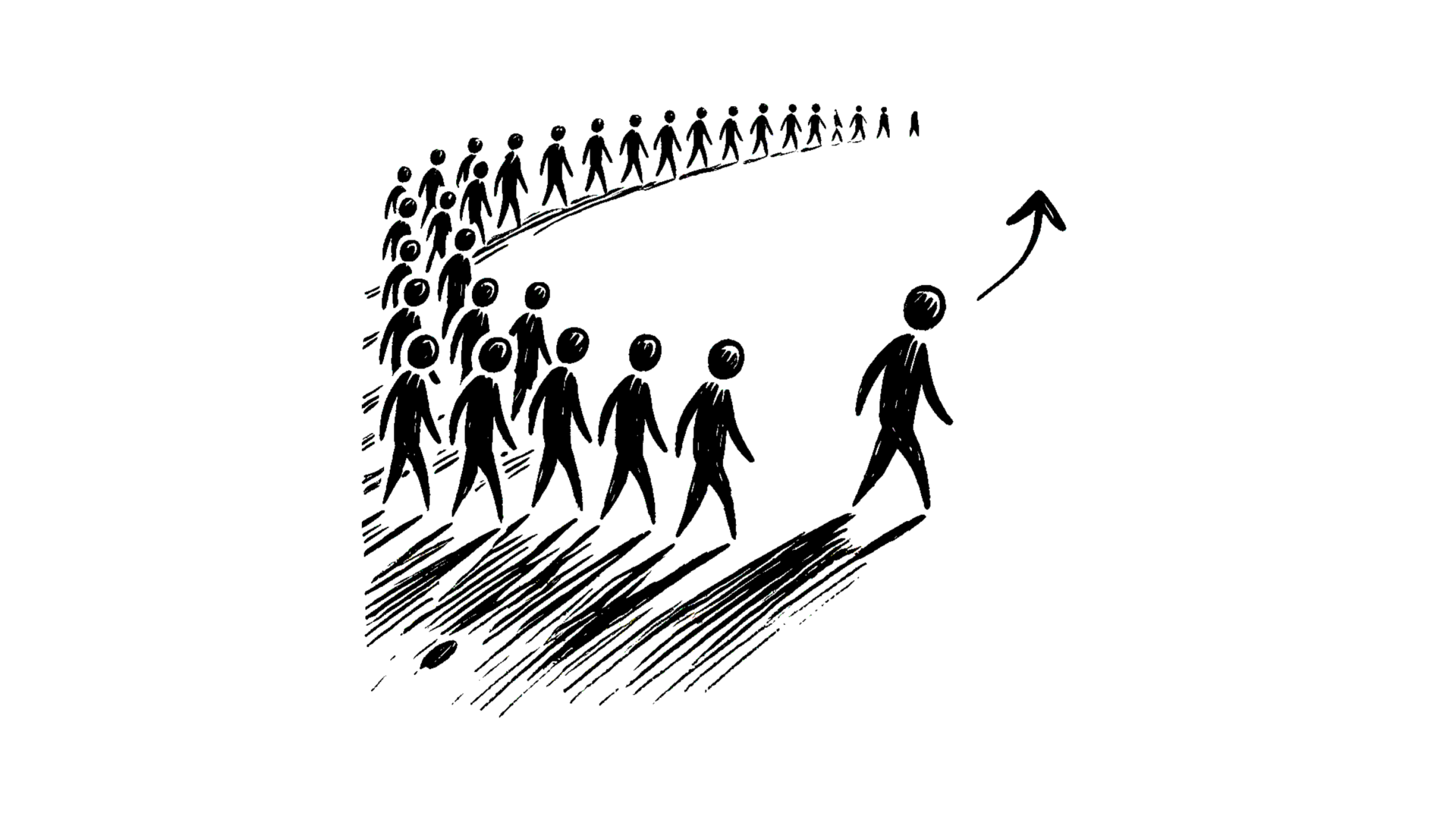The Bandwagon Effect
How Social Proof Fuels Content Sharing
Have you ever noticed how certain content seems to spread like wildfire on social media? One minute, a post is barely noticed, and the next, it's everywhere—shared by thousands of people. This phenomenon is driven by something called the "bandwagon effect." In simple terms, it's when people tend to adopt certain behaviors or beliefs because they see others doing the same. It’s like when everyone starts wearing a certain style of shoes, and suddenly, you feel like you should own a pair too. This effect plays a huge role in how content gets shared online, fueling viral marketing and creating trends.
Background
The bandwagon effect is deeply rooted in social psychology. It refers to the idea that individuals are more likely to follow the actions or beliefs of a group because they believe the group is correct or because they want to fit in. The term itself has its origins in politics, where it was used to describe voters joining a popular candidate’s campaign just because others were doing so. Psychologists have used this concept to explain a wide range of behaviors, from voting patterns to consumer decisions. The idea of social proof, coined by psychologist Robert Cialdini, is central to understanding the bandwagon effect—people look to others for cues about how to act.
Historical Experimentation
One of the earliest and most influential experiments to explore the bandwagon effect was conducted by Solomon Asch in the 1950s. Known as the "Asch Conformity Experiment," it involved participants being shown a series of lines and asked to identify which one matched the length of a target line. What participants didn’t know was that others in the room were confederates (people working with the experimenters) who intentionally gave the wrong answer. Asch found that participants were more likely to conform to the wrong answer when they saw others doing the same, even though the correct answer was obvious. This experiment was published in The Journal of Abnormal and Social Psychology in 1951 and showed how powerful peer influence can be in shaping individual decisions.
Connection to Human Evolution/Biology/Neuroscience
The bandwagon effect has evolutionary roots in our need for social connection and survival. Humans are social creatures, and throughout history, being part of a group increased our chances of survival. Early humans who followed the group's decisions—whether for food gathering, defense, or migration—were more likely to thrive. Our brains are wired to observe and mimic others as a way to integrate into social groups and learn efficient behaviors. This instinctive desire for social acceptance is part of what drives the bandwagon effect today, especially in contexts like social media, where the group’s behavior can be seen and acted upon instantly.
Recent Research & Experimentation
In recent years, the bandwagon effect has been explored in the context of online behavior and digital marketing. A study published in Psychological Science in 2017 by researchers from Harvard University and Princeton University examined how social media platforms amplify the bandwagon effect. They found that the more people engage with a piece of content (through likes, shares, or comments), the more likely others are to engage with it as well—just because they see it as popular. This "cascading behavior" is one of the reasons why content goes viral. The research indicated that the bandwagon effect not only influences individual decision-making but also shapes the flow of information across networks. The study emphasized how companies can leverage social proof in digital marketing to increase content visibility and engagement.
Conclusion
The bandwagon effect isn’t just a curious psychological phenomenon—it’s a powerful tool for marketers looking to create viral content. Understanding this effect can help businesses design content that taps into social proof, encouraging more people to share and engage. By showcasing how others are interacting with your content, you can increase its perceived value and make it more attractive to new viewers. So, next time you’re crafting a campaign or posting on social media, consider how you can use social proof to create a buzz and jumpstart the viral potential of your content.
More Behavioral Science





How Posting at the Right Moment Makes Content More Likely to Go Viral